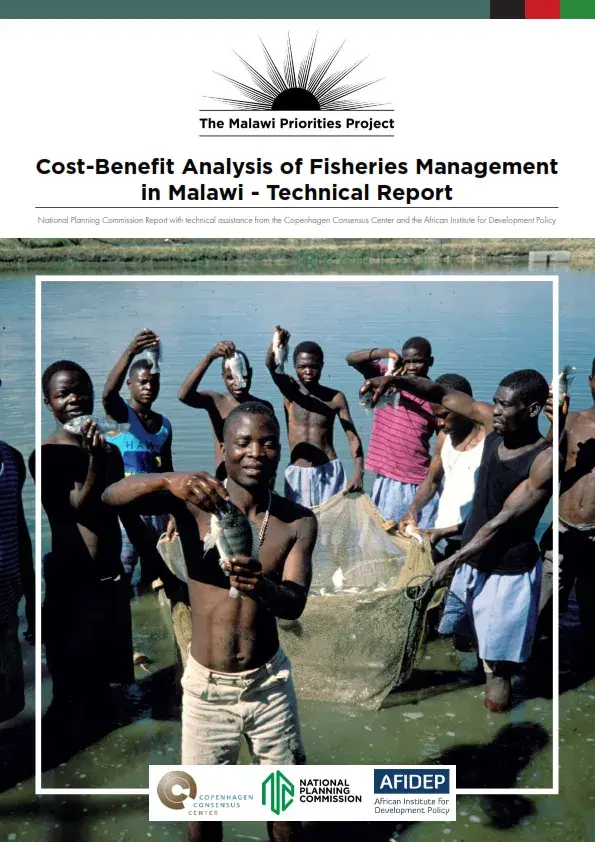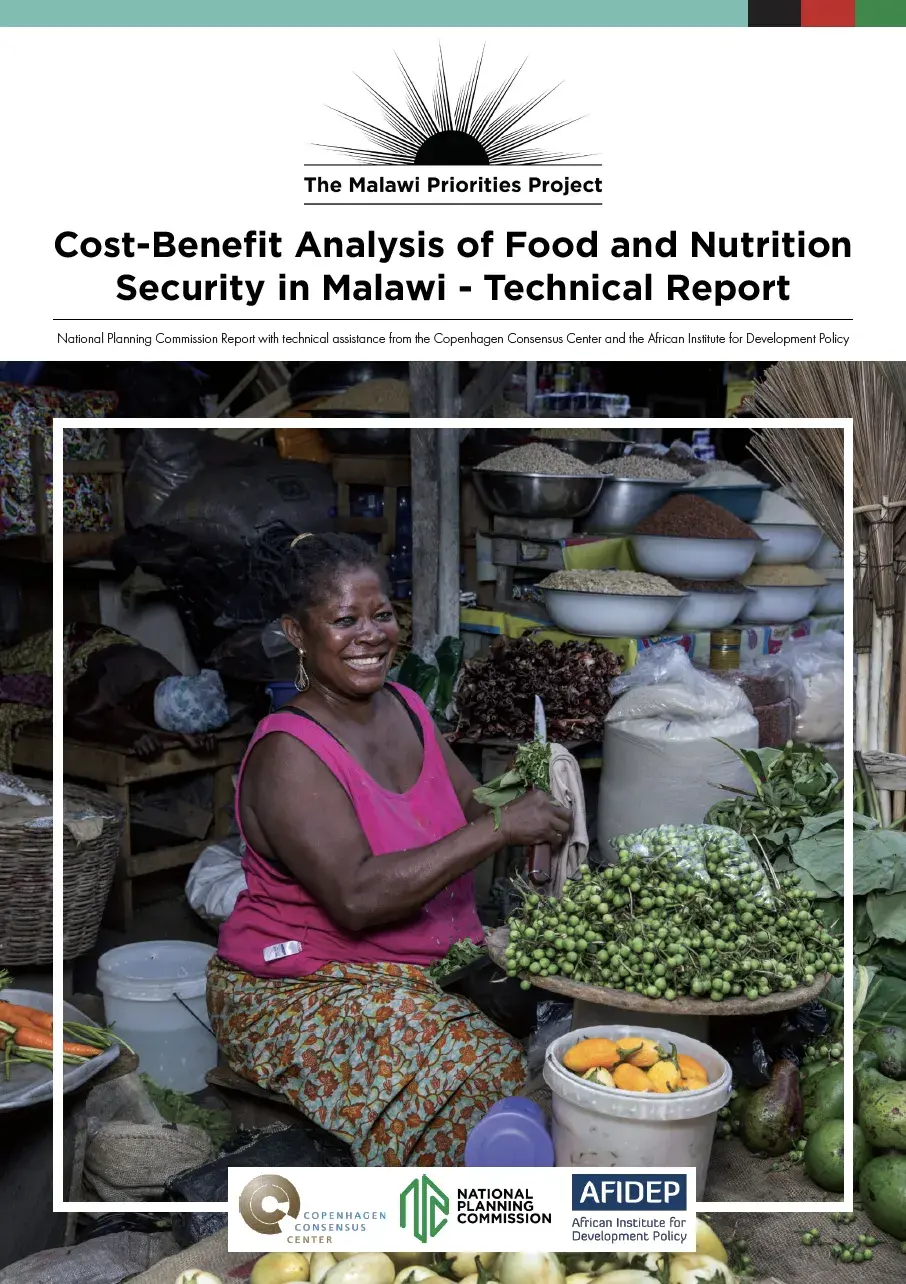Productive Agriculture
Commodity Exchange Reform
Although the majority of Malawi’s population relies on subsistence rain-fed agriculture for their livelihoods, there are multiple intersecting barriers preventing farmers from accessing formal markets, limiting their income and growth. Malawi currently has two commodity exchanges: ACE and AHCX. The two exchanges duplicate efforts, operate inefficiently, are currently poorly structured, and remain underutilized. The poor functioning of key institutions such as these exacerbates broader issues in market coordination and access.
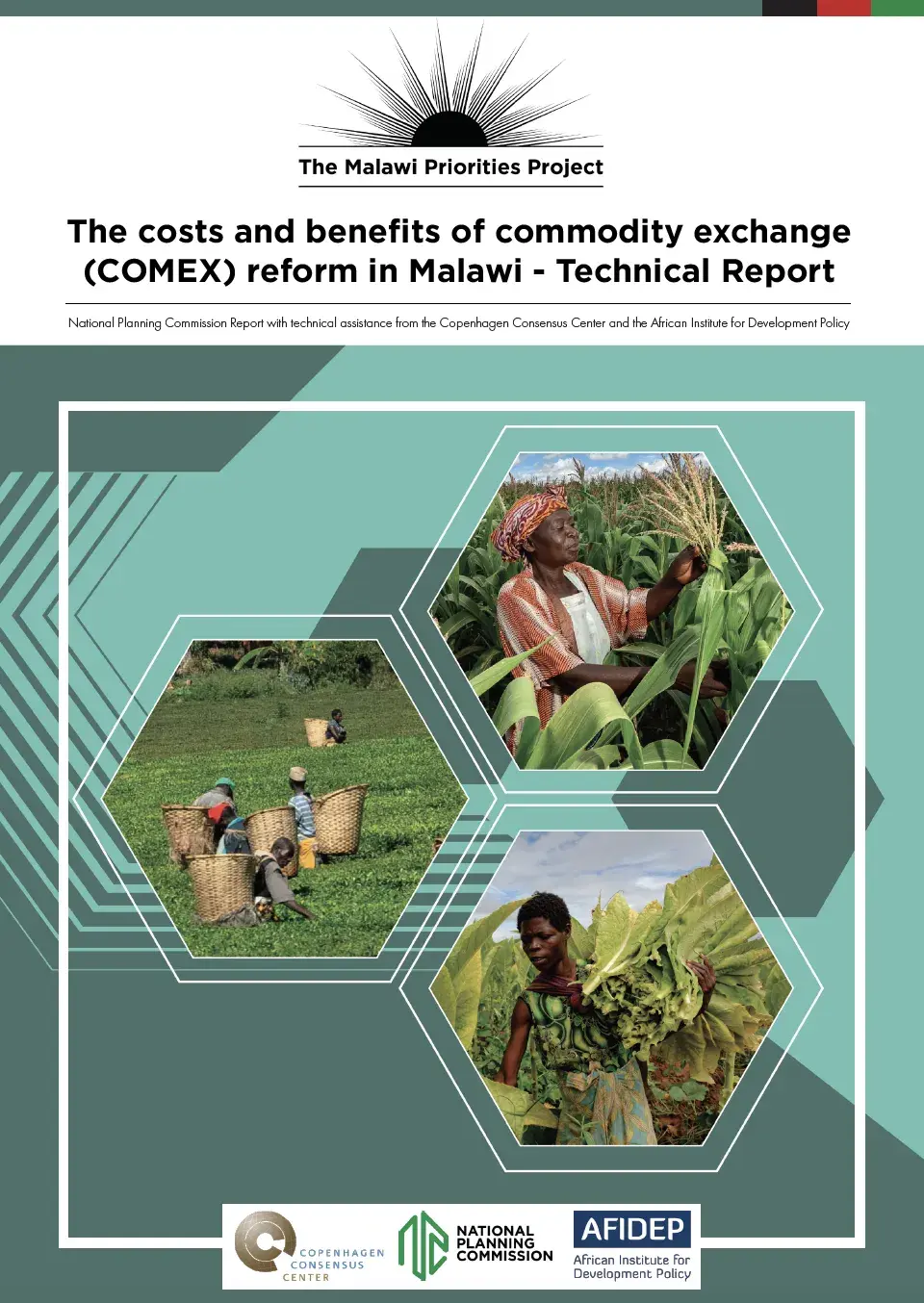
Exports
Although the majority of Malawi’s economy depends on agriculture, there are limited crops that are currently suitable for export to neighboring countries. Two barriers preventing the export of regionally demanded crops are the long-standing export ban on maize and poor quality-control standards and regulations for groundnuts.
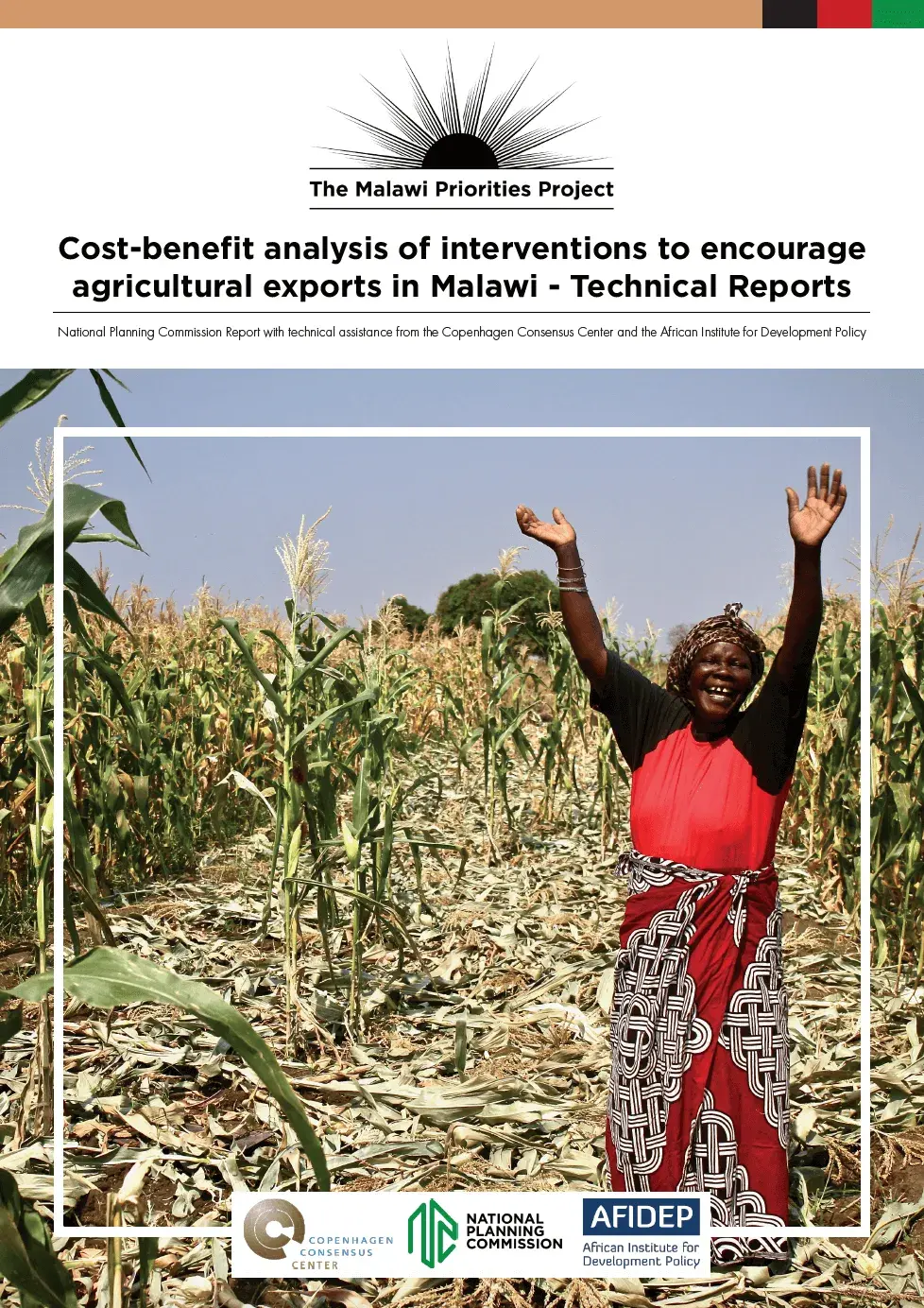
Irrigation
Expanding irrigation has been a key policy goal of Malawian governments for decades. Irrigation schemes, including flagship projects, have shown a pattern of high costs that exceed the likely gross margin gains from irrigation. For example, the Irrigation Master Plan notes upfront costs of USD 18,500 and ongoing costs of USD 2,400 per extra hectare irrigated, figures substantially higher than the likely profit from irrigated farming under current conditions in Malawi.
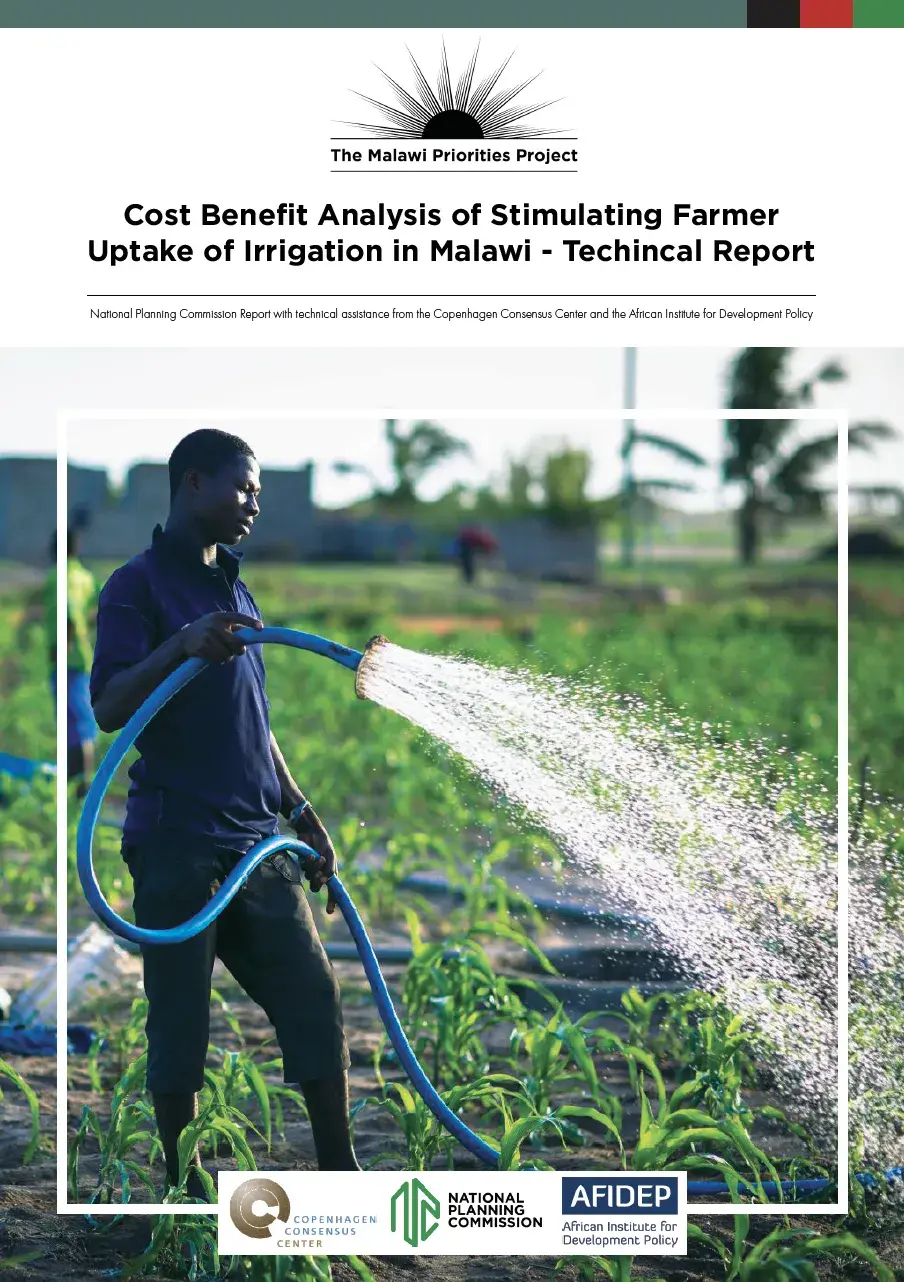
Fisheries
The fisheries sector is very important to Malawi’s economy, livelihoods, food security, and biodiversity. One estimate puts the total contribution of the sector at 7.2% of GDP while employing 700,000 people either directly or indirectly. Unfortunately, there is evidence of extreme overfishing, with 50% more craft than should be the case for maximum sustainable yield.
